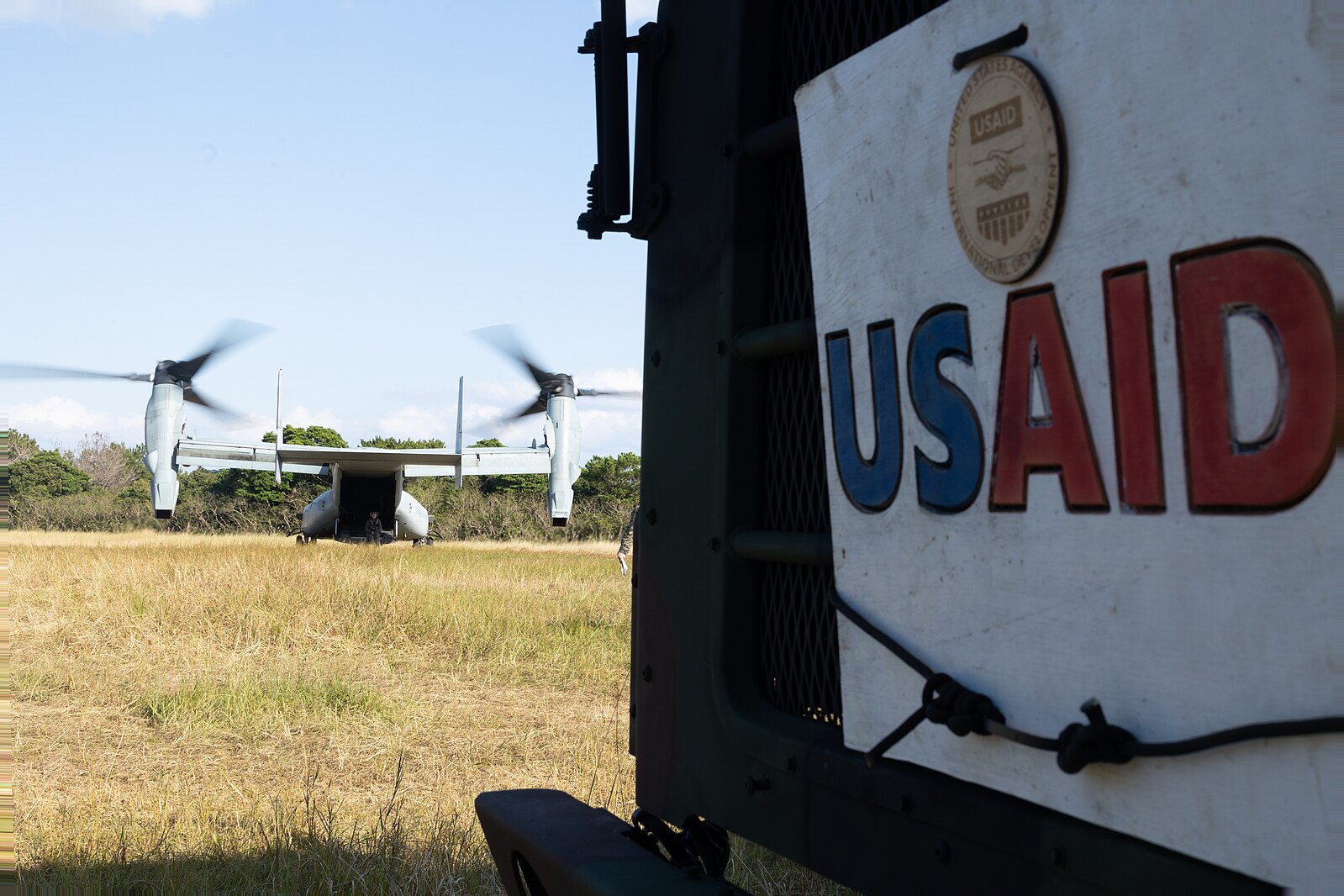US Suspension of Foreign Aid: Will China Fill the Void?
FULCRUM
APLN member Hoang Thi Ha co-wrote a paper with Cha Hae Won, highlighting that as the US reduces its foreign assistance, some Southeast Asian countries are turning to China to fill the gap. However, due to China’s different approach to aid, it cannot serve as a direct substitute for the US.
In the past decade, China has bolstered its role as a global development actor, establishing the China International Development Cooperation Agency (CIDCA), launching the Global Development Initiative, and increasing its contributions to multilateral development institutions. Yet, as China considers itself a developing nation, its development cooperation is framed as South-South “mutual assistance” rather than a North-South donor-recipient relationship. This conceptualisation prioritises pragmatism over altruism, with a reciprocal — and at times transactional — dynamic.
From 2015 to 2022, China’s total aid to Southeast Asia amounted to US$50.5 billion, outweighing the US’ US$8.9 billion. Yet, this amount has been overwhelmingly loan-based, with US$48.7 billion in loans versus the US’ US$597 million. In grants, China lagged far behind, providing US$1.8 billion, less than a quarter of the US’ US$8.3 billion. Loans constituted 96 per cent of China’s aid to the region, while grants made up only 4 per cent. The US model was the opposite, with 93 per cent in grants and 7 per cent in loans (Figure 1).
China’s aid to Southeast Asia heavily prioritised the economy and hard infrastructure, as reflected in the dataset’s six sectors of agriculture, finance, communications, energy, mining, and transport. China disbursed US$47.1 billion in these sectors — almost entirely in loans — accounting for 94 per cent of its total aid to the region in the period. This was nearly eight times the US’ US$597 million. However, US grants in these sectors, totalling US$685 million, was more than double China’s US$333 million (Figure 2).
In contrast, the US’ aid prioritised soft infrastructure, focusing on human capital, good governance, and grassroots empowerment across six sectors – education, environmental protection, government & civil society, health, humanitarian aid, and water and sanitation. Its grants in these sectors totalled US$7.6 billion — more than five times China’s US$1.5 billion. This reflected US commitment to capacity-building, sustainable development, public health and uplifting of vulnerable groups, with a view to fostering long-term social, community and institutional resilience. Meanwhile, China provided US$1.6 billion in loans for these sectors, following its preference for loan-based financing.
Read the full article here.
Image: Wikimedia Commons

